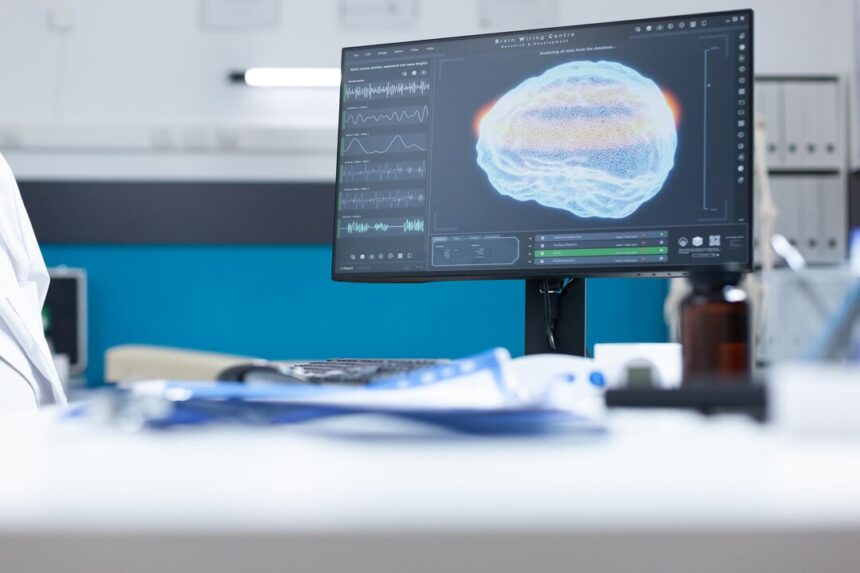Meningitis is a serious condition characterized by inflammation of the protective membranes covering the brain and spinal cord. Prompt diagnosis and treatment are crucial for a favorable outcome, as meningitis can lead to severe complications if left untreated. Various tests and procedures are utilized to diagnose meningitis accurately. Here’s an overview of the diagnostic methods commonly employed:
1. Physical Examination: A healthcare provider will conduct a thorough physical examination to assess symptoms and signs suggestive of meningitis. This may include evaluating neck stiffness, fever, altered mental status, and other neurological abnormalities.
2. Lumbar Puncture (Spinal Tap): A lumbar puncture, also known as a spinal tap, is a crucial diagnostic procedure for meningitis. During this test, a needle is inserted into the lower back to collect cerebrospinal fluid (CSF), the fluid that surrounds the brain and spinal cord. CSF analysis can reveal the presence of bacteria, viruses, or other pathogens, as well as elevated white blood cell count and protein levels, which are indicative of meningitis.
3. Blood Tests: Blood tests may be conducted to assess inflammatory markers, such as C-reactive protein (CRP) and white blood cell count, which can indicate the presence of infection and inflammation in the body. Blood cultures may also be performed to identify bacteria or fungi circulating in the bloodstream that could cause meningitis.
4. Imaging Studies: Imaging studies, such as computed tomography (CT) or magnetic resonance imaging (MRI) scans, may be ordered to visualize the brain and surrounding structures for signs of inflammation, swelling, or other abnormalities. While imaging is not typically used as a primary diagnostic tool for meningitis, it can help rule out other conditions and assess for complications, such as brain abscess or hydrocephalus.
5. Polymerase Chain Reaction (PCR) Testing: PCR testing is a molecular diagnostic technique used to detect the genetic material of specific pathogens, such as bacteria or viruses, in biological samples. PCR testing of CSF or other specimens may provide rapid and accurate identification of the causative agent responsible for meningitis, allowing for targeted treatment.
6. Serologic Testing: Serologic testing involves analyzing blood samples for the presence of antibodies produced by the immune system in response to infection. Serologic tests may be used to detect specific pathogens, such as bacteria (e.g., Neisseria meningitidis, Streptococcus pneumoniae) or viruses (e.g., herpes simplex virus, enteroviruses), associated with meningitis.
7. Culture and Sensitivity Testing: Culturing CSF or other clinical specimens allows for the isolation and identification of bacteria, fungi, or other microorganisms responsible for meningitis. Sensitivity testing can determine the susceptibility of the identified pathogens to various antibiotics or antifungal medications, guiding appropriate treatment selection.
8. Viral Panel Testing: In cases of suspected viral meningitis, a viral panel test may be performed on CSF or other specimens to detect a wide range of viruses known to cause meningitis, including enteroviruses, herpesviruses, and arboviruses. Rapid diagnostic tests for specific viral pathogens may also be available.
Early diagnosis of meningitis is essential for initiating timely treatment and preventing complications. Healthcare providers rely on a combination of clinical evaluation, laboratory tests, and imaging studies to accurately diagnose meningitis and determine the appropriate course of action. If you suspect you or someone else may have meningitis, seek medical attention immediately for evaluation and management.










